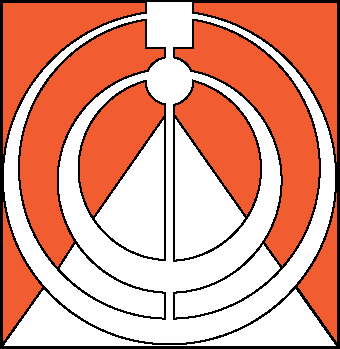Mi-STAR Modeling: Socratic Reasoning Meets Middle School Science
Monday, July 18, 2016
Socrates would feel right a home here.
True, we're not gathered on a grassy knoll probing the secrets of life; we're watching a video in a Michigan Tech classroom. Nevertheless, the eight science teachers at this June workshop are part of a new pedagogy that would seem familiar to the old philosopher. And they are informing that pedagogy in profound ways–something that these veterans of the 21st century middle school are uniquely qualified to do.
The workshop is part of the Michigan S
cience Teaching and Assessment Reform Project, a collaboration of secondary teachers, curriculum developers and university experts from throughout the state. The teachers here are not only learning about Mi-STAR. They are also sharing their own insights and later will help tailor lesson plans for a real-world classroom.
Mi-STAR takes conventional teaching and turns it inside out. Instead of handing down knowledge via a lecture, teachers implementing a Mi-STAR unit start by presenting their students a puzzling challenge, then invite them to reason out an explanation.
This being middle school science and not ancient Greek philosophy, the challenge isn't “What is truth?†Instead, the young teens in the video we're watching are asked to figure out why a metal tank car would collapse in on itself, as if being stomped by a giant invisible foot. What could cause that? their teacher asks. The clues: the tank had recently been steam cleaned and was then tightly sealed.
As they watch the video, the Mi-STAR teachers suspect that s
ome students (and their parents) will be baffled by an approach that emphasizes critical thinking over memorizing answers for a test.
After the video, the teachers tease apart its details. The instructor in the video asks questions that point her students in the right direction. She makes sure that all her students contribute to the solution and feel important.
“There's more to Mi-STAR modeling than modeling,†notes Monica Petros of the Hannahville Indian School. “It requires discussion, and I like how it clarifies student thinking. I use modeling now, but from now on my modeling will be more purposeful, more structured.â€
All the teachers say they will be incorporating these new modeling techniques in their courses, adding that the students aren't the only ones who will be challenged.
When you rely on lectures to teach, you just have to stay a couple steps ahead of the class, notes one participant. But when you use enhanced modeling and other Mi-STAR tools, you must have a thorough knowledge of both the science and the pedagogy.
“You're the puppet master,†says Katelyn Sutton of the Hancock Public Schools. “You are pulling all the strings, and you have to know the show.â€
GET Mi-STAR NEWS BY E-MAIL!
Copyright © 2025 Mi-STAR
Mi-STAR was founded in 2015 through generous support provided by the Herbert H. and Grace A. Dow Foundation. Mi-STAR has also received substantial support from the National Science Foundation, the MiSTEM Advisory Council through the Michigan Department of Education, and Michigan Technological University.


















